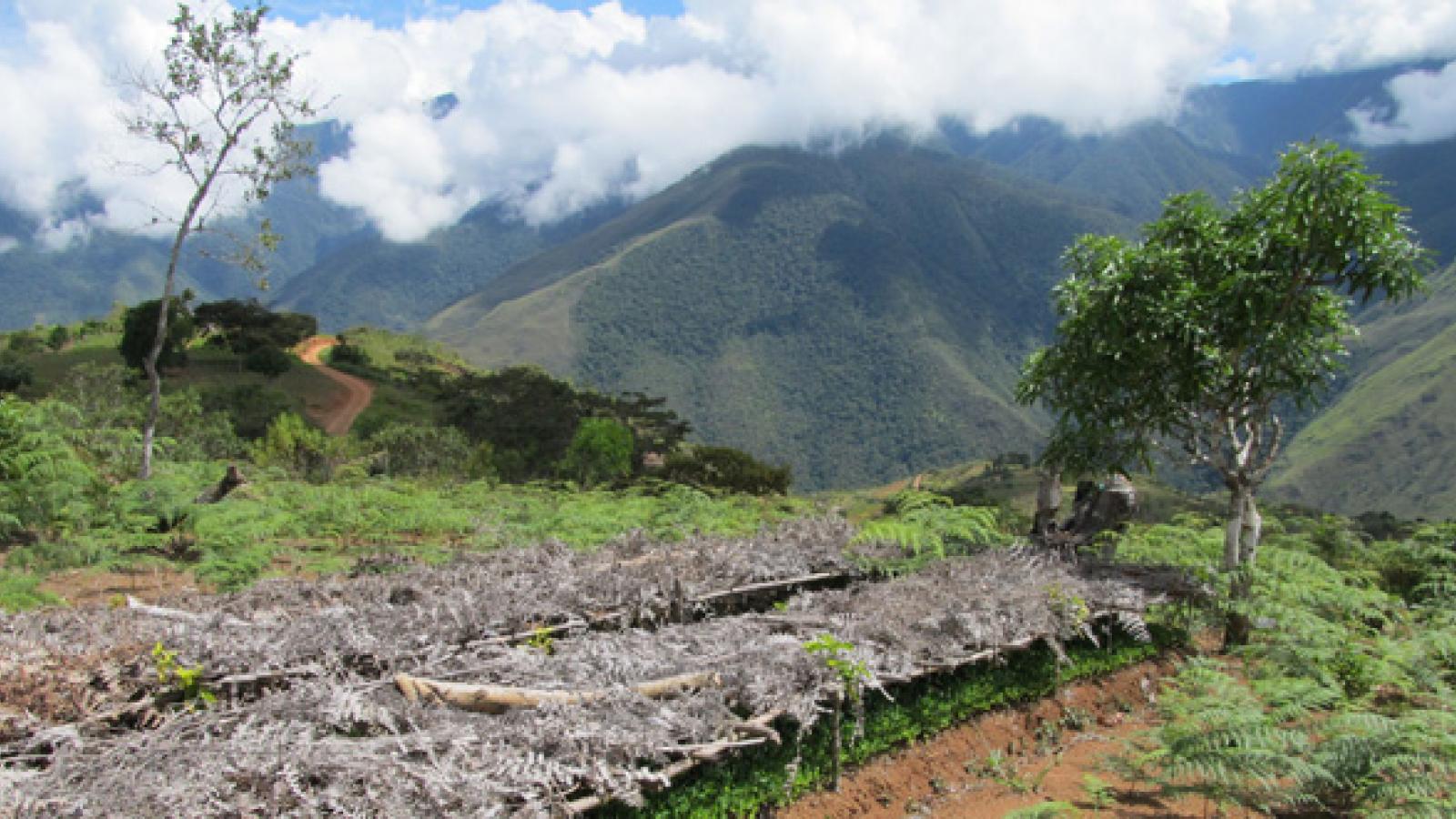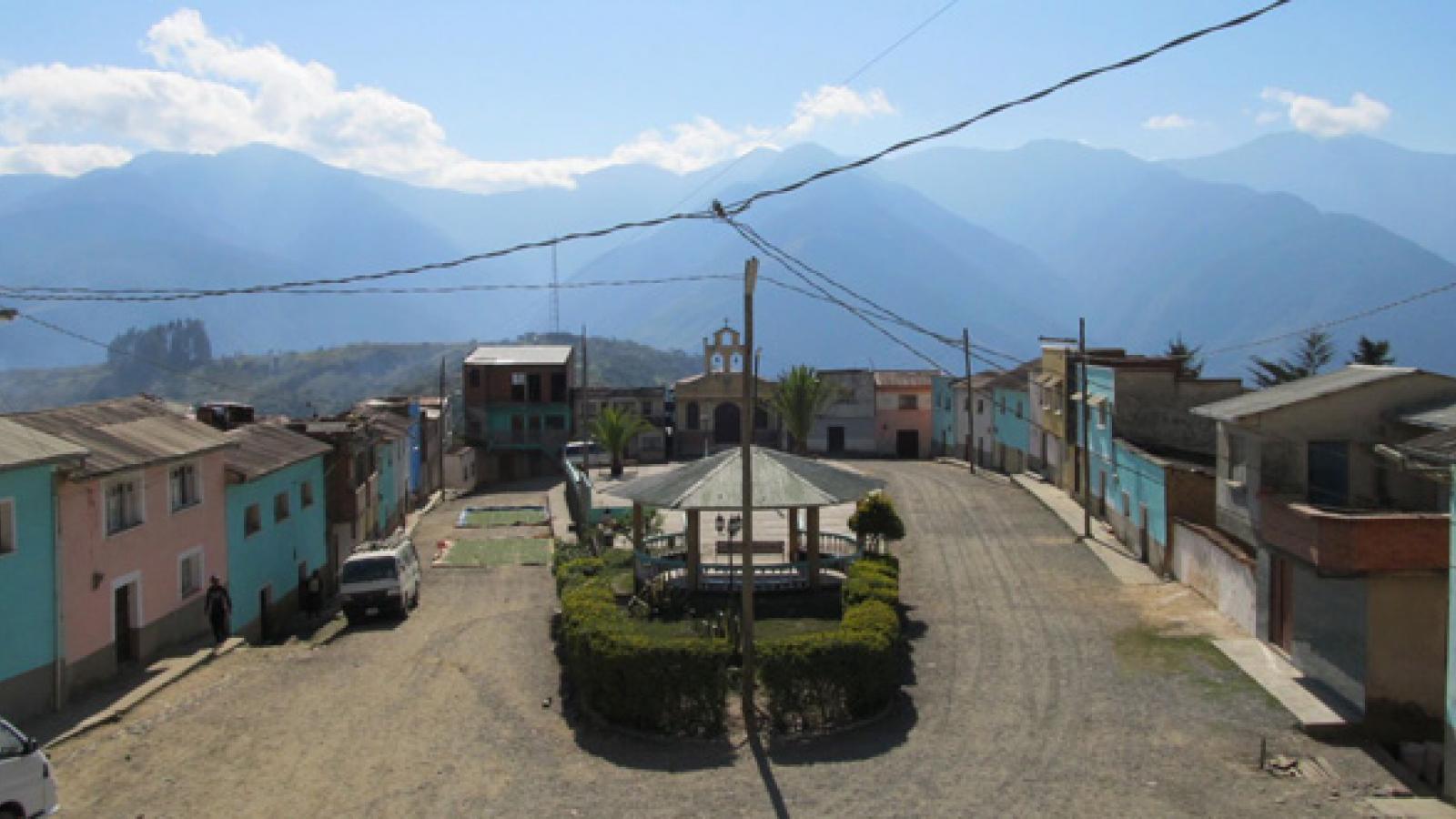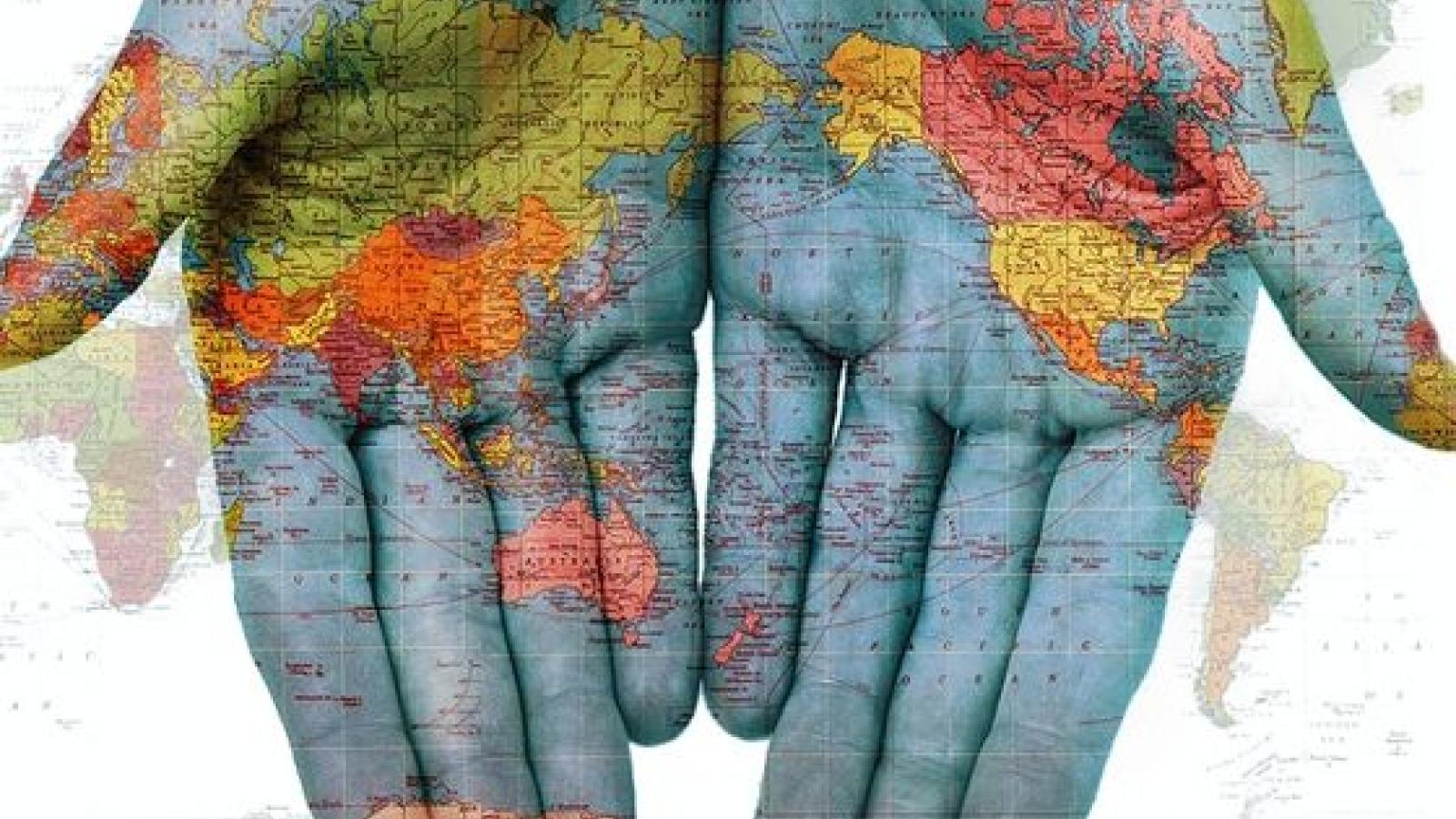Understanding the reciprocal relationships between social and environmental processes.
Natural disasters are not necessarily natural. Events such as Hurricane Katrina are shaped by physical processes such as climate change, the weather, and hydrology. Social processes such as land-use decisions, racial inequality and poverty, and political decision-making can transform a large storm into a disaster. In addition, biogeophysical and social processes are intimately linked and constantly influencing each other. Further, a local event such as the disaster in New Orleans is connected to processes originating from local to global scales.
Understanding the reciprocal relationships between social and environmental processes is the foundation of the study of Environment & Society (E&S) in Geography at Ohio State.
Research and teaching in this area emphasizes that the human relationship to the environment can be biological, economic, political, physical, cultural, chemical and social. Students enrolled in E&S will become familiar with relevant theories in human and physical geography, appropriate methods of inquiry, and case studies of environmental challenges.




